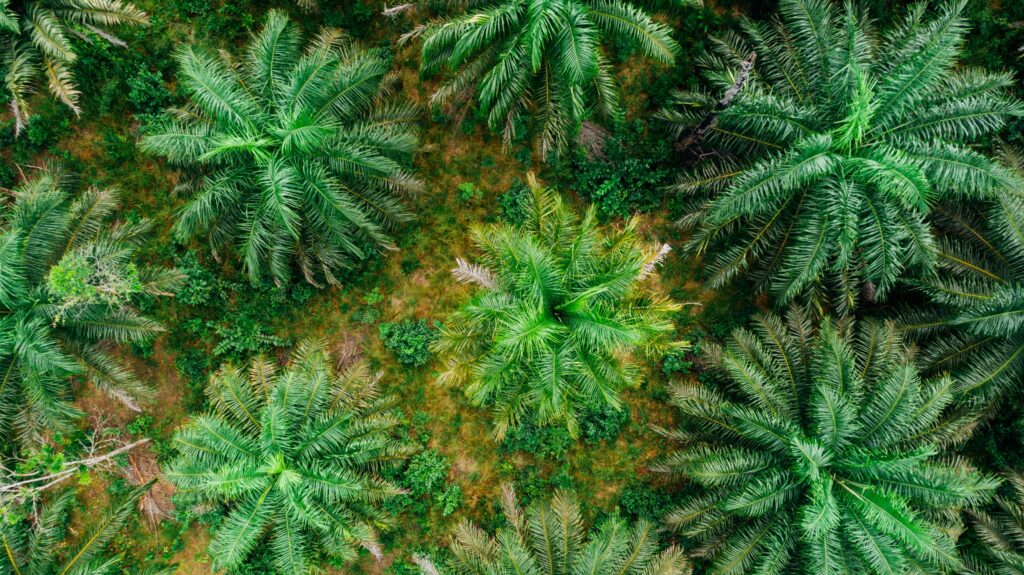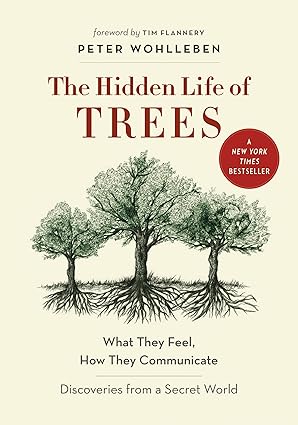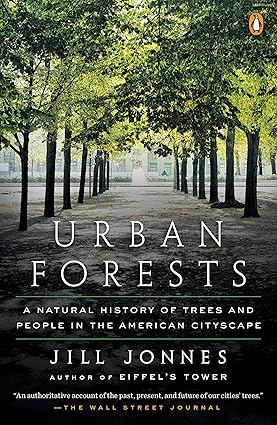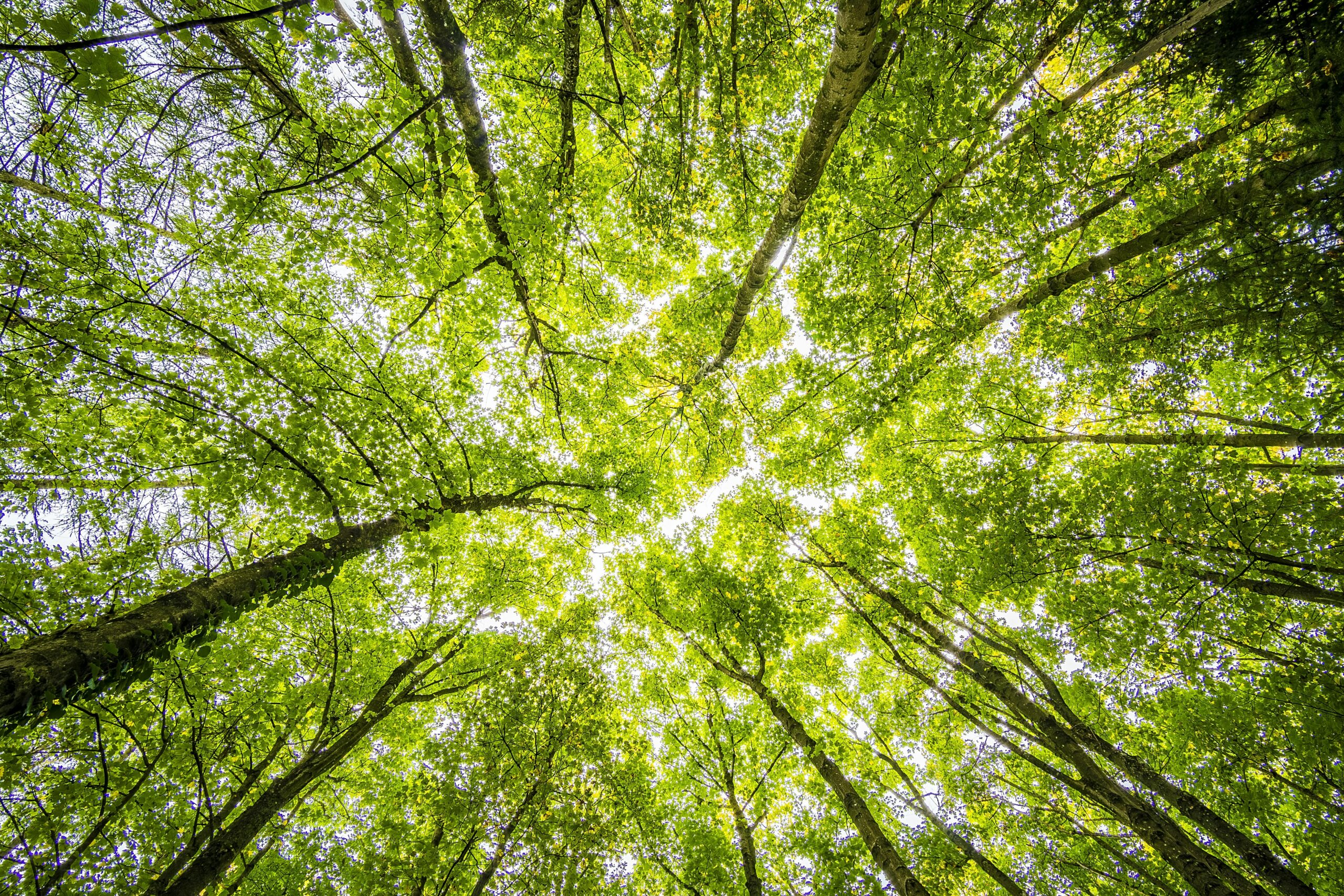The Miyawaki Method of Forest Replenishment
Miyawaki is a method by which one can cultivate forests fast. Japanese forest ecologist, Akira Miyawaki developed this method in the 1970s. Forests grow 10 times faster, and 30 times denser. This results in a lot of biodiversity in a small area.
They are quick to establish. After 3-5 years of plantation, these forests do not require much maintenance. This method primarily serves to restore urban forest cover.
Naturally occurring native species of a particular area that can flourish without human intervention within a climatic condition are eligible for plantation in this method. This method involves replenishing a specific area with native trees and plants. In this method, planters ensure the rapid growth of native trees and plants by planting their seeds together in a specific location.

Plantation Approach
Selecting species
The first step is to determine the area’s natural vegetation, which helps determine the species native to the area. Selection for plantation includes canopy trees, trees, sub-trees, and shrubs.
Preparing Soil
The addition of missing elements makes the mostly degenerated soil fertile, oxygenated, and self-sustaining. Compost, bacteria, and fungi make soil perfect for plantation.
Plantation
The next step is plantation. Three to four saplings per square meter in a random manner can be one of the approaches to do the plantation.
Mulching
Insects like earthworms, beetles, etc, prove helpful in this process. This improves the soil fertility and improves its water retention capacity. For the first two to three years these forests need care post which they are self-sustainable.
Miyawaki forest plantation is possible even in small sites of around three square meters.
Many countries, including Italy, France, India, the United Kingdom, and The United States, have used this method.

Advantages over the normal plantation
- Normal plantation does not involve soil and site analysis as compared to the Miyawaki method, which may be a disadvantage later.
- The tree density in the Miyawaki method is higher than in a normal plantation. In the Miyawaki method, around 3 to 4 trees are planted per square meter of area.
- The diversity of species is higher in the Miyawaki region than in normal plantations.
- Forest growth using the Miyawaki method is at least 1 meter per year due to the analysis of the soil and site beforehand.
- Normal plantation requires constant maintenance while the Miyawaki technique does not need much maintenance after two to three years of plantation.
Reads :

Click on the below link to buy:

Click on the below link to buy:
Happy Planting 🙂
